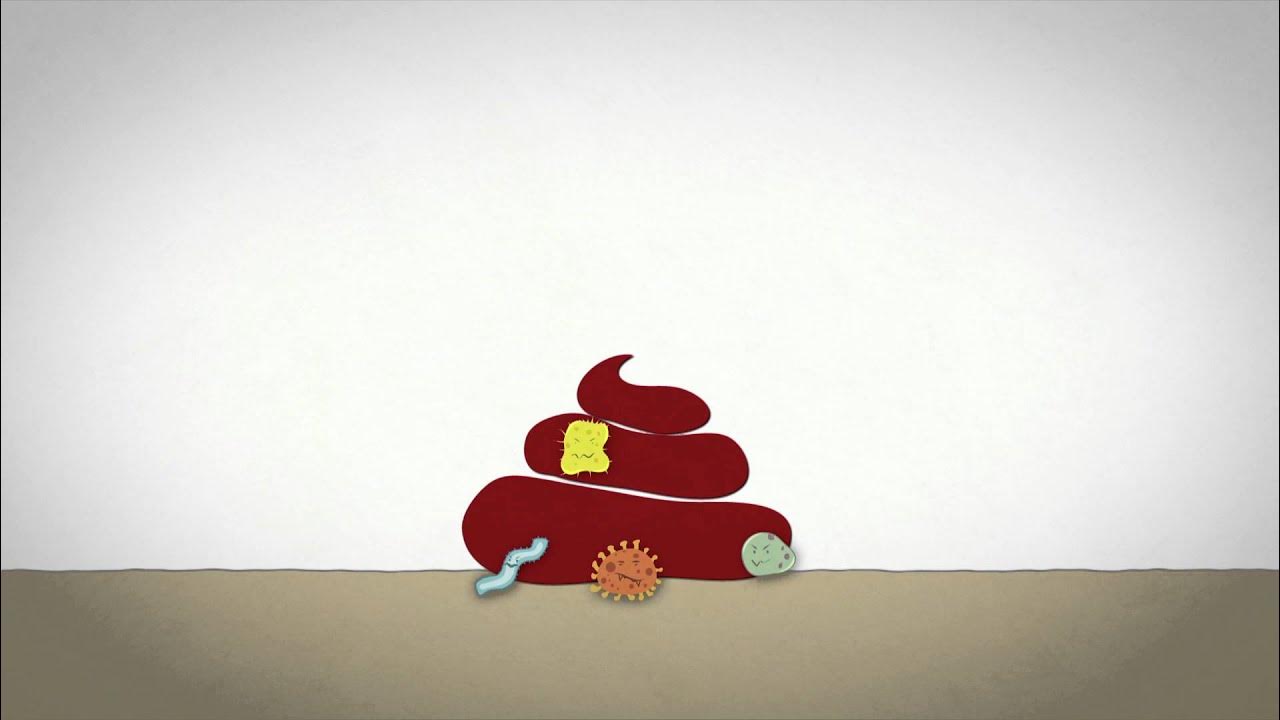The surprising truth of open defecation in India | Sangita Vyas | TEDxWalledCity
Summary
TLDRThe video discusses the alarming prevalence of open defecation in rural India, where 65% of the population lacks access to proper sanitation. Despite India’s economic status, cultural factors and caste stigma contribute to this issue, with many households prioritizing larger latrine pits over smaller, manageable ones due to societal beliefs. The speaker emphasizes the severe health impacts on children and the need for open conversations about caste and sanitation. The government’s efforts have often resulted in poorly utilized latrines. A call to action is made for innovative solutions that address these complex social issues to improve public health.
Takeaways
- 😀 India has a proud democratic tradition and significant contributions in various fields, yet struggles with open defecation.
- 🚽 Approximately 65% of rural Indians defecate in the open, contributing to a public health crisis.
- 👶 Open defecation severely impacts child health, leading to hundreds of thousands of child deaths annually due to fecal exposure.
- 💰 Income is not the sole determinant of sanitation practices; many households in rural India can afford latrines but choose not to prioritize them.
- 📊 India has a higher rate of open defecation compared to poorer countries like Bangladesh, despite having a higher GDP per capita.
- 🏗️ In rural India, there is a tendency to construct latrine pits that are significantly larger than the World Health Organization's recommendations, due to cultural stigma.
- 👥 Caste systems in India create a stigma around emptying latrines, discouraging middle and upper castes from engaging in necessary sanitation practices.
- 💧 Many households associate open defecation with better health, further complicating efforts to promote latrine use.
- 🏠 The Indian government has invested in building latrines, but many are not utilized effectively and often fall into disrepair.
- 🔍 Addressing open defecation requires open conversations about caste and innovative solutions to improve sanitation practices.
Q & A
What percentage of rural Indians defecate in the open?
-Sixty-five percent of rural Indians defecate in the open.
How does open defecation impact child health in India?
-Open defecation is linked to the deaths of hundreds of thousands of children each year due to exposure to bacteria in feces, leading to physical and cognitive stunting.
What misconception do some people have about the affordability of latrines in India?
-Many believe that rural Indians cannot afford latrines, but the script shows that households often have the means but choose not to prioritize building them.
How do latrine sizes in India compare to those recommended by the WHO?
-Households in India often build latrines five times larger than the WHO's recommended size, and many express a desire to construct even larger pits.
What cultural factors contribute to the stigma surrounding pit latrine emptying in India?
-The caste system plays a significant role, as manual scavenging is associated with lower castes, leading to a stigma that affects how higher castes view emptying latrines.
What alternative views about open defecation do some rural Indians hold?
-Some individuals believe that defecating in the open is healthier than using a latrine, associating it with better physical health.
What has been the government's approach to sanitation in India over the past 15 years?
-The government has been building latrines, but many end up being underused or neglected, often becoming storerooms.
What solutions does the speaker suggest for addressing the issue of open defecation?
-The speaker emphasizes the need for open discussions about caste and sanitation, and encourages experimentation with practical solutions that address concerns about pit emptying.
How does India's rate of open defecation compare to that of poorer countries?
-India is an outlier, with a much higher rate of open defecation than many poorer countries, despite having a higher GDP per capita.
What is the speaker's ultimate call to action?
-The speaker urges for immediate conversations about caste and open defecation to prevent further child mortality and improve sanitation in rural India.
Outlines

This section is available to paid users only. Please upgrade to access this part.
Upgrade NowMindmap

This section is available to paid users only. Please upgrade to access this part.
Upgrade NowKeywords

This section is available to paid users only. Please upgrade to access this part.
Upgrade NowHighlights

This section is available to paid users only. Please upgrade to access this part.
Upgrade NowTranscripts

This section is available to paid users only. Please upgrade to access this part.
Upgrade NowBrowse More Related Video

The EXPLAINER, Community-Led Total Sanitation (CLTS)

Lack of water, sanitation and hygiene (WASH) and its effects on nutrition

Global water crisis looming, UN says - BBC News

CLTS - Unicef - Somalia - 2015 (ENG)

Personal Assignment 1 Character Building: Kewarganegaraan

Sanitation & Reinventing the Toilet and China
5.0 / 5 (0 votes)